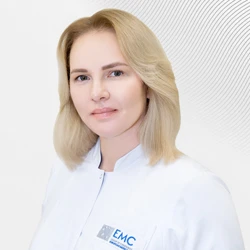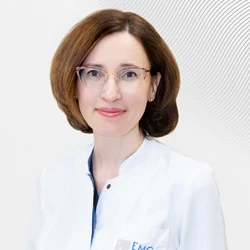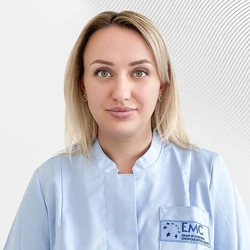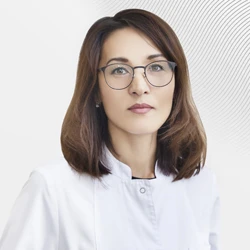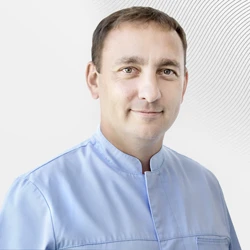Glaucoma in children: causes, treatment
The anatomical cause of congenital glaucoma is an abnormality in the development of the drainage system of the eyeball, which regulates the outflow of intraocular fluid. The outflow of fluid is obstructed or completely blocked, which leads to an increase in intraocular pressure. Increased intraocular pressure due to age-related features leads to changes in the eyeball and its increase due to stretching of the cornea and sclera.
If glaucoma is not treated, sooner or later increased intraocular pressure will lead to impaired nutrition of the optic nerve, and, consequently, to vision loss and blindness. Thus, congenital glaucoma is a serious, disabling disease. The earlier the diagnosis is made, the greater the chances of a full life for the child.
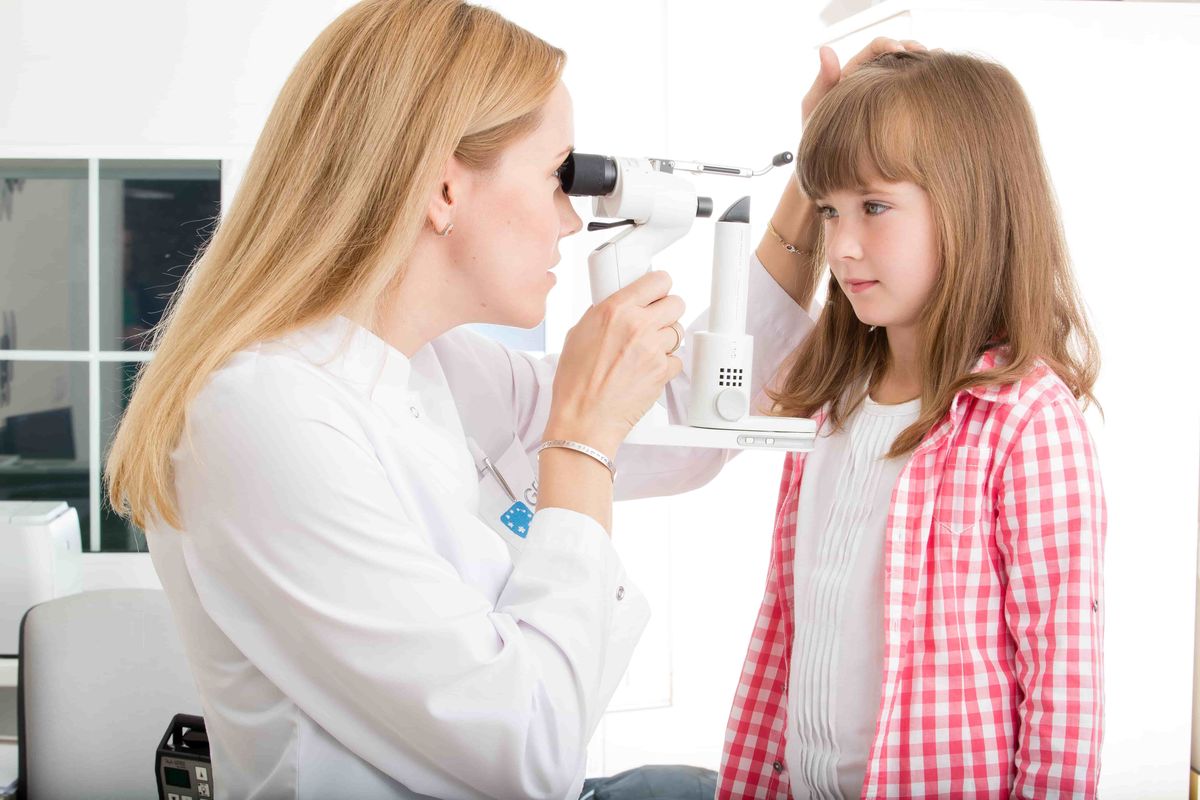 Congenital glaucoma can develop as a result of the intrauterine influence of adverse factors. Thus, the cause of the disease may be infections suffered during pregnancy (rubella, influenza, mumps, toxoplasmosis, etc.), endocrine disorders, hypo- or hypervitaminosis, various intoxications, including severe toxicosis, hypoxia, the effect of radioactive waves, etc. Such glaucoma is considered to be secondary congenital. There are also genetic reasons when there is a mutation of the gene responsible for the development of eye structures in utero. This glaucoma is called primary. But there are also mixed forms of congenital glaucoma, when there are several causes of its development.
Congenital glaucoma can develop as a result of the intrauterine influence of adverse factors. Thus, the cause of the disease may be infections suffered during pregnancy (rubella, influenza, mumps, toxoplasmosis, etc.), endocrine disorders, hypo- or hypervitaminosis, various intoxications, including severe toxicosis, hypoxia, the effect of radioactive waves, etc. Such glaucoma is considered to be secondary congenital. There are also genetic reasons when there is a mutation of the gene responsible for the development of eye structures in utero. This glaucoma is called primary. But there are also mixed forms of congenital glaucoma, when there are several causes of its development.
Symptoms of congenital glaucoma:
-
eyeball enlargement ("expressive eyes");
-
photophobia;
-
lacrimation;
-
increased intraocular pressure;
-
increased corneal diameter;
-
corneal opacity and swelling;
-
deepening of the anterior chamber of the eye;
-
pathological changes in the optic nerve disc (dystrophy, edema);
-
pupil dilation and slow reaction to light;
-
decreased visual functions.
The manifestation of symptoms and their intensity depend on the form and stage of the disease.
The vitreous body is transparent in the initial stages of the disease, single floating opacities are observed in subsequent stages, diffuse opacities, destructive changes, and hemorrhages in later stages. Due to circulatory disorders, the disc of the optic nerve undergoes dystrophic changes, optic nerve atrophy develops, which leads to irreversible blindness.
Diagnosis of congenital glaucoma
The complex of examinations includes: clinical examination, keratometry, biomicroscopy, gonioscopy and gonioscopy with corneocompression, ophthalmoscopy, tonometry, tonography, examination of visual functions. Ultrasound biometrics is also used to diagnose congenital glaucoma and evaluate the effectiveness of treatment.

For children under three years of age, it is possible to conduct research under medical sleep.
Basically, the diagnosis of congenital glaucoma is made by a micropediatrician in the hospital. Large, expressive eyes in a newborn, clouding and an increase in the diameter of the cornea are diagnostic "signs" and require a thorough ophthalmological examination already in the first weeks of life. Most often, the disease affects both eyes.
If the diagnosis is not made at birth, in 80% of cases it is made in the first year of life. Therefore, it is important not only to visit a pediatrician in a timely manner, but also a pediatric ophthalmologist. The first visit should take place during the first three months of the child's life.
Treatment of congenital glaucoma
The only possible and effective method is surgical treatment. Conservative therapy is used as a concomitant method in preparation for and after surgery. There are no age-related contraindications to surgery. The effectiveness of the operation directly depends on the timeliness of contacting a specialist, as well as on the severity of the disease, the duration of clinical manifestations and the age of the child.
Today, there are various surgical methods for the treatment of congenital glaucoma, the choice is different in each case. Depending on the age, goniotomy and homeopuncture, trabeculotomy and sinustrabeculectomy are performed, drainage systems can be installed, laser technologies such as cyclophotocoagulation and cyclopriopexy can be used.
If intraocular pressure has not been stabilized with the help of surgical treatment and supportive conservative therapy, or an increase in ophthalmotonus is observed some time after surgery, repeated intervention is required. In young children, the disease progresses rapidly, so timely repeat surgery is of particular importance to them.
In the EMC Children's Clinic in Moscow, children with this pathology undergo surgery using an operating microscope and microsurgical instruments. The success of surgical treatment largely depends on the correct choice of technique, depending on the stage of the disease and the nature of the pathological changes.
The features of operations in congenital glaucoma are:
-
minimal traumatic surgery;
-
no postoperative complications;
-
short-term hospital stay.
Recommendations for shortening the recovery period:
-
minimize touching the operated eye;
-
use disinfection drops recommended by a doctor for 14 days;
-
refrain from visiting the bath/sauna for 30 days, avoid sudden temperature changes;
-
avoid being in dusty or irritating rooms;
-
abstain from physical activity for 30 days;
-
strictly follow all recommendations of the attending ophthalmologist.
Children with congenital glaucoma continue to be monitored by an ophthalmologist after surgery, undergoing an examination once a month. During the observation, medical treatment is carried out, correction of refractive error or pleoptic treatment is prescribed, intraocular pressure and the condition of the optic nerve disc are monitored. The main purpose of the monitoring is the timely identification of patients with uncompensated, progressive glaucoma and surgical treatment.
Why the EMC
The first and only clinic in Russia, created in the image of the world's leading clinics
EMC is a multidisciplinary center offering patients a high level of medical services and a personalized approach
Worldwide recognition and awards
 Learn more
Learn more
Worldwide recognition and awards
 Certificates and licenses
Certificates and licenses
Make an appointment for a consultation
Specify your contacts and we will contact you to clarify the details
Reviews
and new products of the EMC


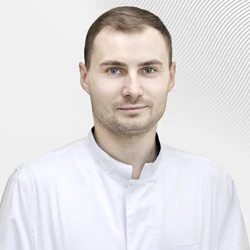
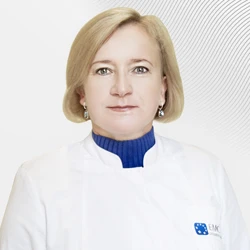
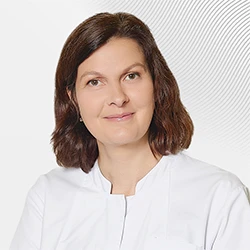

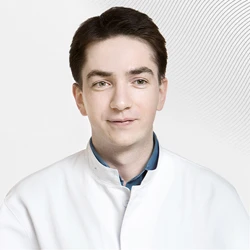
.webp)
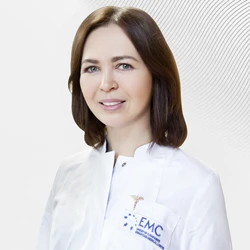
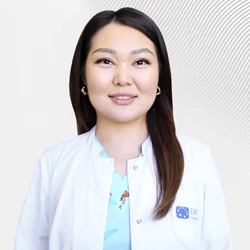
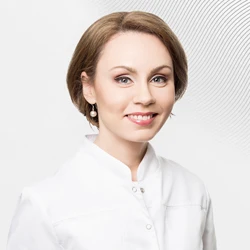

.webp)
